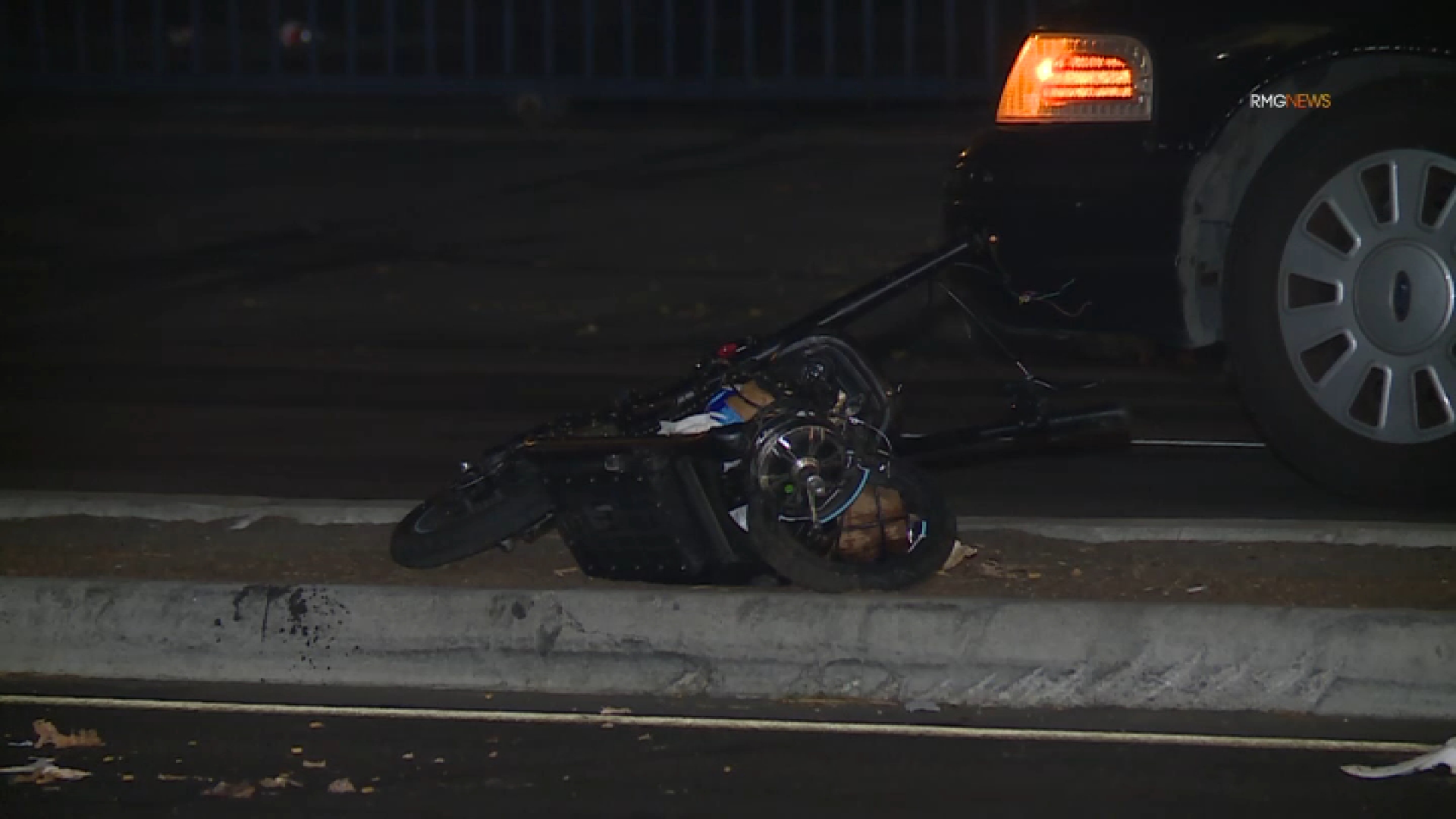The sun will be in the limelight again. Following the annular solar eclipse on Saturday, another opportunity awaits eclipse watchers next year.
The next total solar eclipse, which will occur on April 8, will pass over the U.S., Mexico and Canada. The previous one occurred back in 2017, lasting less than 10 minutes.
How does an eclipse work?
According to NASA, a total solar eclipse occurs when the moon completely blocks the face of the sun, subsequently, darkening the sky, appearing to be dawn or dusk.
Get top local stories in Southern California delivered to you every morning. >Sign up for NBC LA's News Headlines newsletter.
Under pristine weather, viewers may see a ‘ring of fire’, with the sun’s solar corona ejecting outward. Eclipse glasses can be momentarily removed during totality, a brief period of complete sun blockage caused by the moon.
Five phases are to be expected.
- First Contact - where the moon begins to approach the sun, seeming to take a ‘bite’ off it.
- Second Contact - distinct balls of light, known as Bailey’s Beads, can be seen at the edge of the Moon’s circumference.
- Totality - the moon fully blocking the sun.
- Third Contact - as the moon moves away from the sun, Bailey's Beads reappear and are followed by a thin crescent moon projection.
- Fourth Contact - the moon has completely moved away from the sun and the disk if fully visible again.
Local
Get Los Angeles's latest local news on crime, entertainment, weather, schools, COVID, cost of living and more. Here's your go-to source for today's LA news.
How to prepare and view it
NASA recommends not to stare directly at the sun, except during totality, without proper viewing equipment.
Eclipse glasses are specifically made for these purposes. Unlike regular sunglasses, eclipse glasses are 1,000 times darker and comply with the international standard for solar viewing.
Carefully selecting eclipse glasses can go a long way. Other methods of viewing include DIY pinhole projectors and cardboard box projectors.



